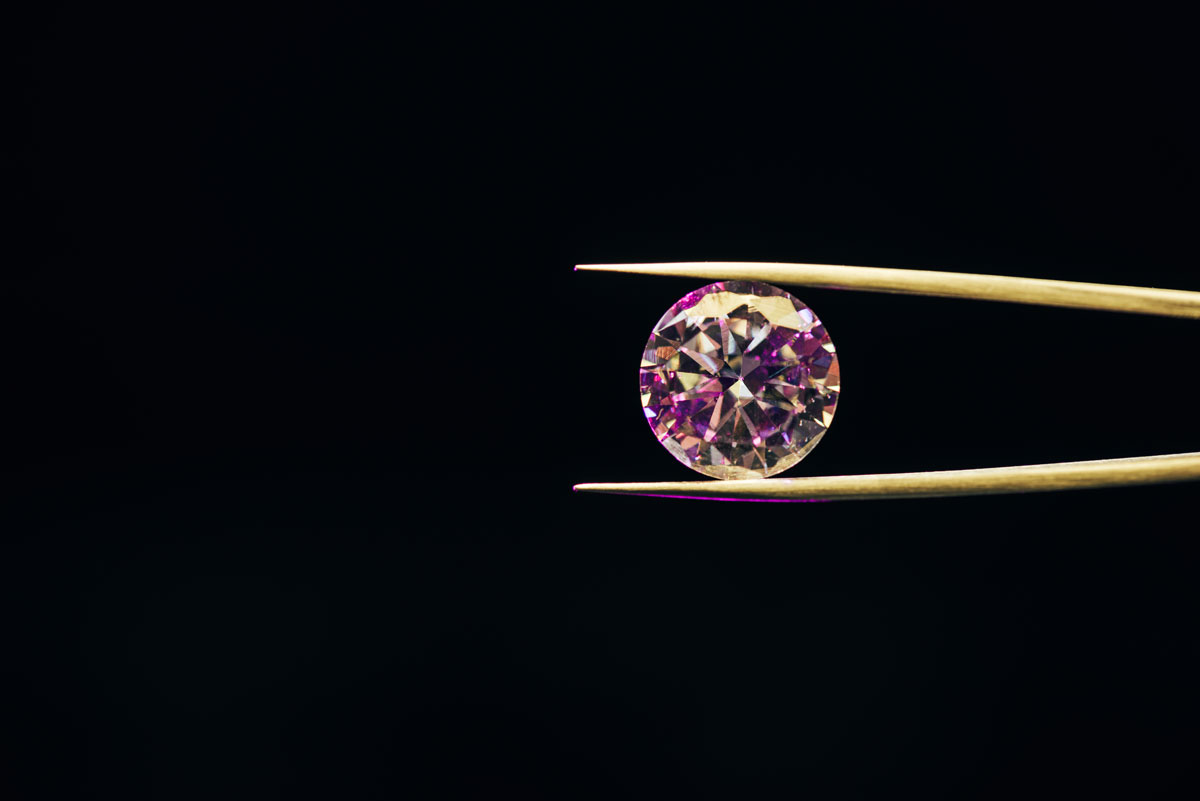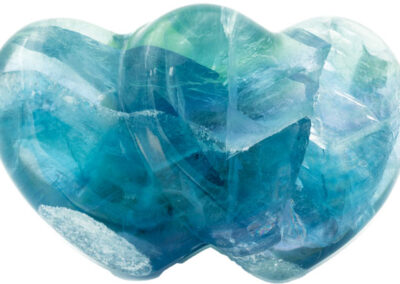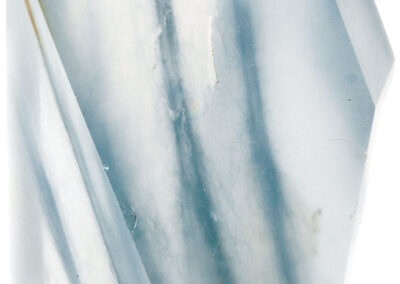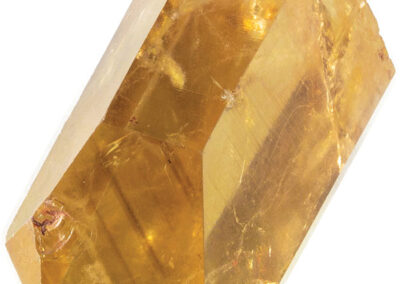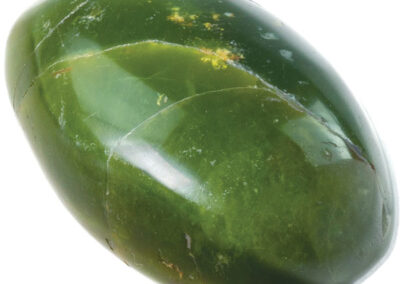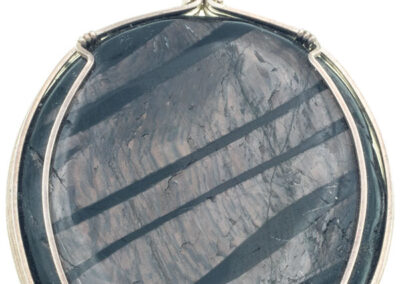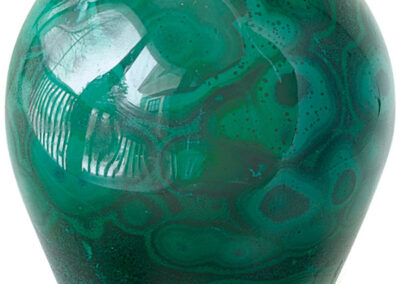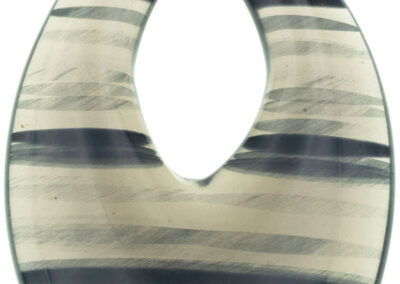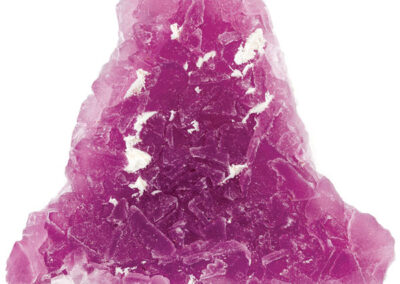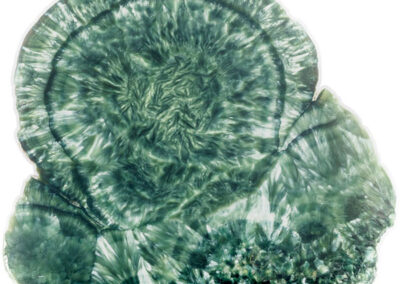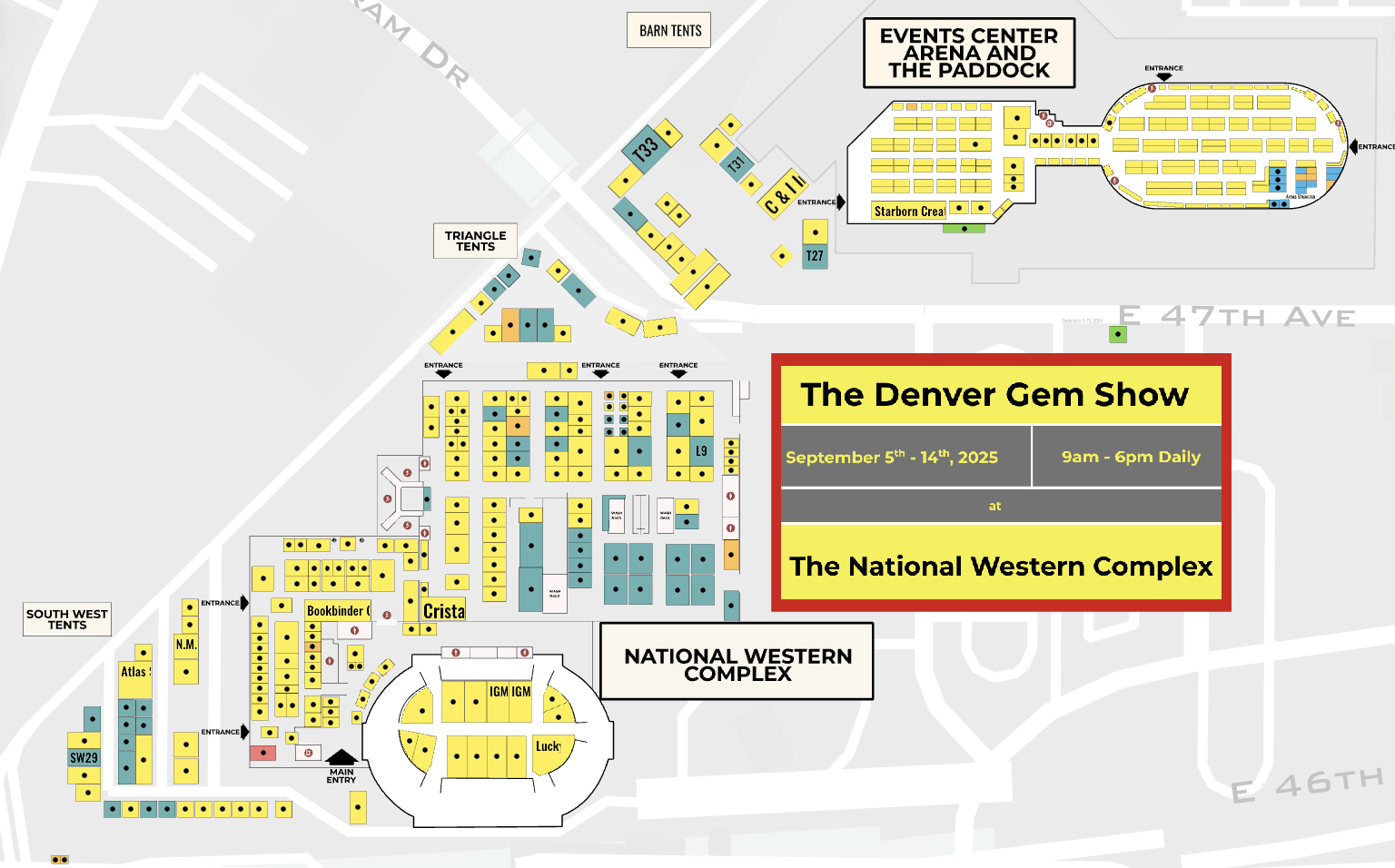The Mining Process
The story of almost every gemstone starts underground. Formed over millions of years by heat, pressure, and the complex interplay of minerals, these stones are hidden within layers of rock and earth. To retrieve them, miners must use specialized equipment and techniques. In some cases, open-pit or underground mining is required, especially when gemstones are embedded deep within rock formations. Other times, alluvial mining is used in riverbeds or sedimentary deposits. This phase requires not only technical skill but also a deep understanding of geology to locate areas where gemstones are most likely to be found.
Ethical Sourcing and Responsibility
In recent years, the sourcing of gemstones has become an important concern for collectors, jewelers, and the public. The demand for transparency in how gems are mined has led to stronger emphasis on ethical sourcing practices. Responsible vendors and miners take steps to ensure that the environment is protected during extraction and that local workers are treated fairly and paid appropriately.
Cutting and Shaping the Gem
After extraction, stones like Ruby, Emerald, and Aquamarine are carefully evaluated to determine how best to cut and shape them. Every gemstone is unique, with internal characteristics like inclusions, color zoning, and cleavage lines that must be considered. This is where the true artistry of gem cutting, also known as lapidary, comes into play. A skilled gem cutter uses experience and precision tools to study the stone and decide how to bring out its best features. The goal is to maximize beauty, color, and clarity, while minimizing waste. Popular cuts like oval, round brilliant, emerald, and marquise are chosen depending on the shape and nature of the rough gem.
Polishing for Brilliance
Once a gemstone has been properly cut, the next step is polishing. This process enhances the gem’s luster and allows its full brilliance to emerge. Using a variety of polishing compounds and specialized equipment, the cutter smooths and refines the stone’s surfaces until it gleams. Polishing not only makes the gem more visually stunning but also prepares it for setting in jewelry or for display. The precision required during this phase ensures that light interacts with the gemstone’s facets in a way that highlights its inner fire.
Jewelry Creation and Design
After a gemstone has been cut and polished, it may be incorporated into jewelry. Designers create settings that complement the stone’s natural qualities, working with precious metals like gold, silver, or platinum. The design process combines artistic vision with technical skill, resulting in one-of-a-kind pieces that reflect both the beauty of nature and the creativity of human hands. Other gems may remain as standalone specimens, collected and admired for their raw or polished form.
Discover Gems at the Denver Gem Show
If you’re captivated by the story of gemstones and want to experience the magic firsthand, the Denver Gem Show is an ideal destination. This world-class event brings together a wide array of vendors, artisans, and enthusiasts from around the globe. You’ll find thousands of stunning crystals, minerals, fossils, and handcrafted gemstone items on display. It’s a fantastic opportunity to meet knowledgeable sellers, discover rare specimens for your crystal collection, and deepen your appreciation for the journey that each gem has taken from deep within the Earth.

